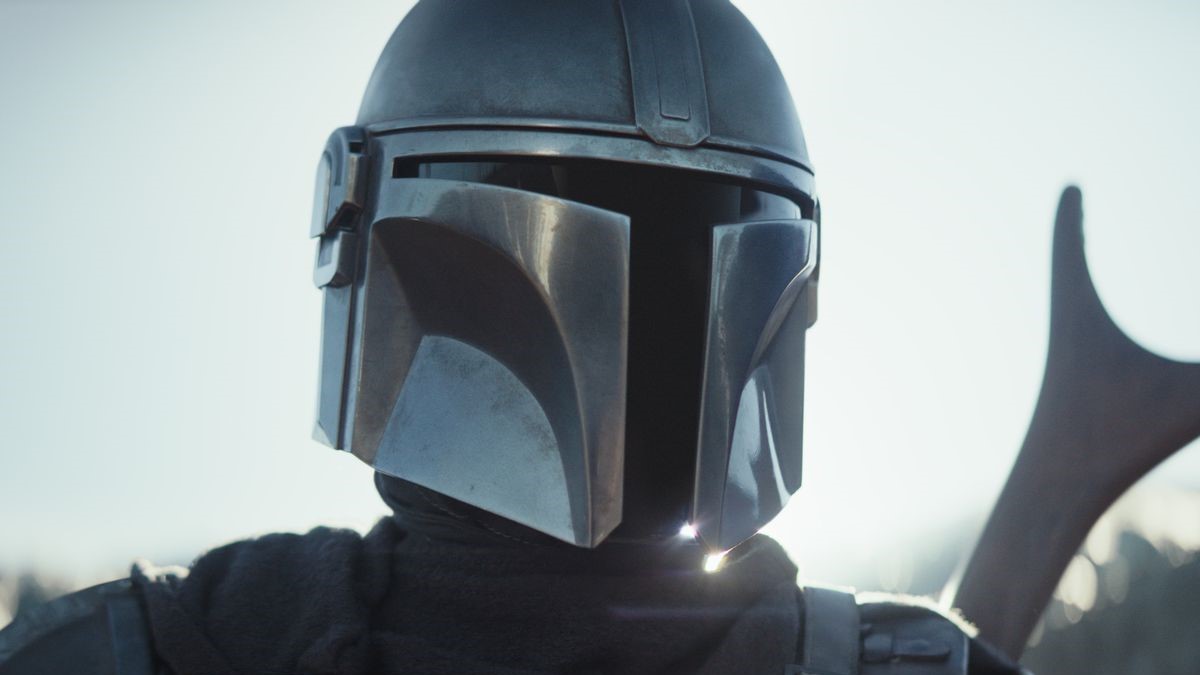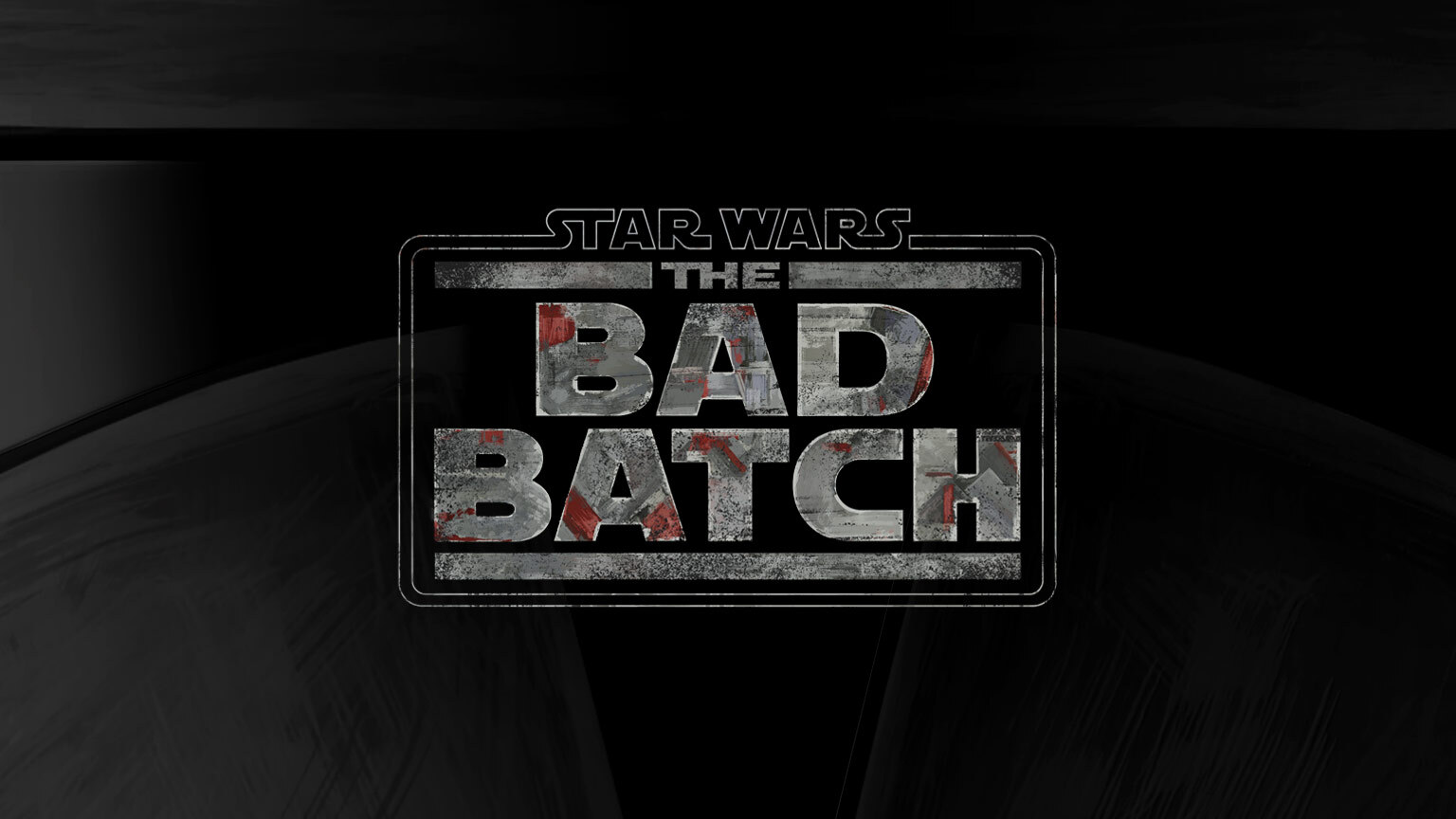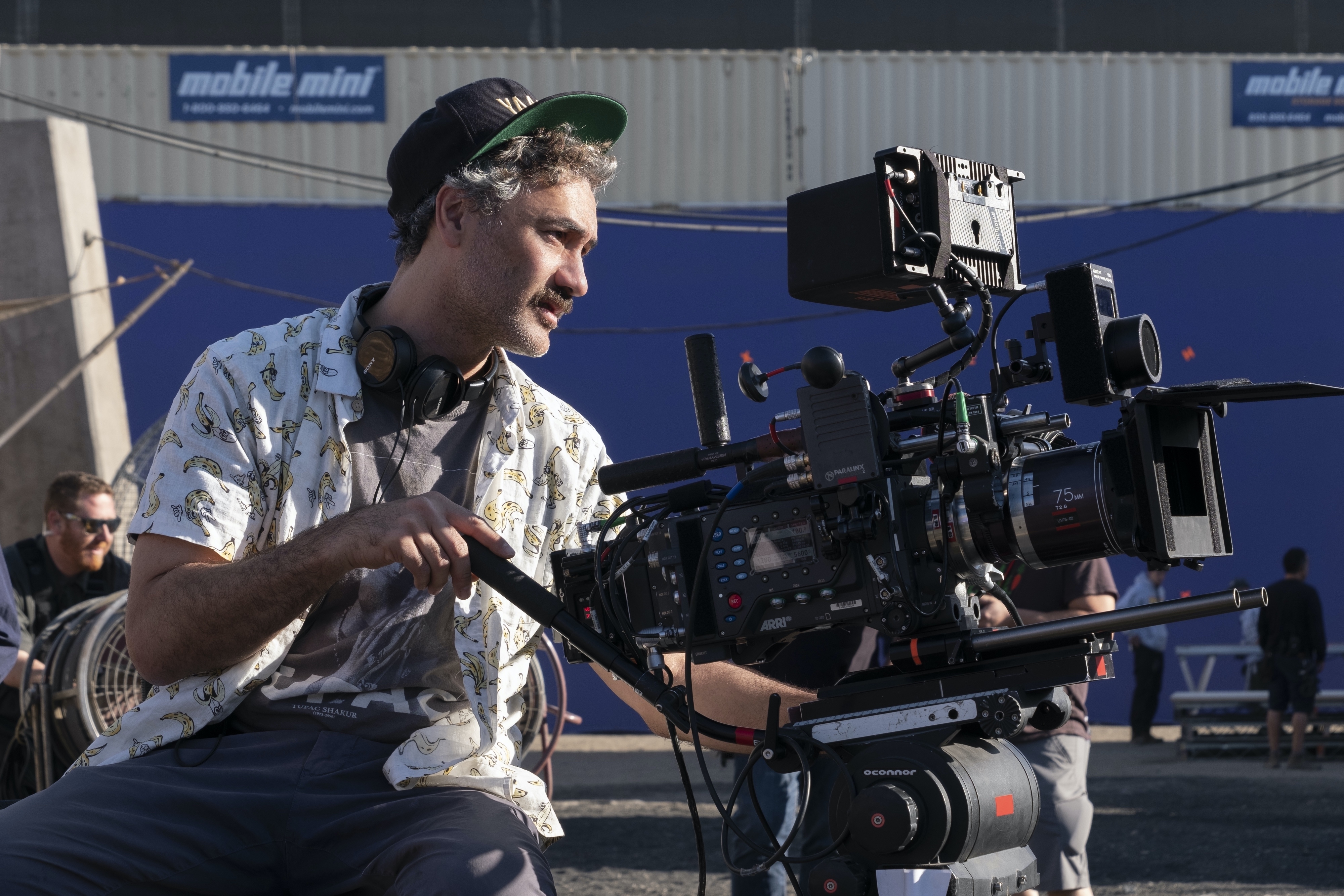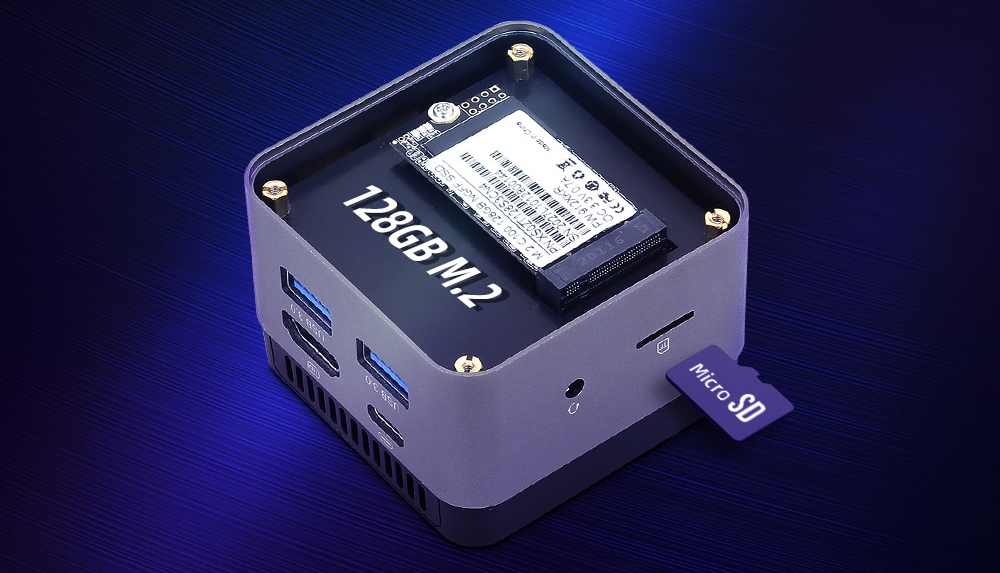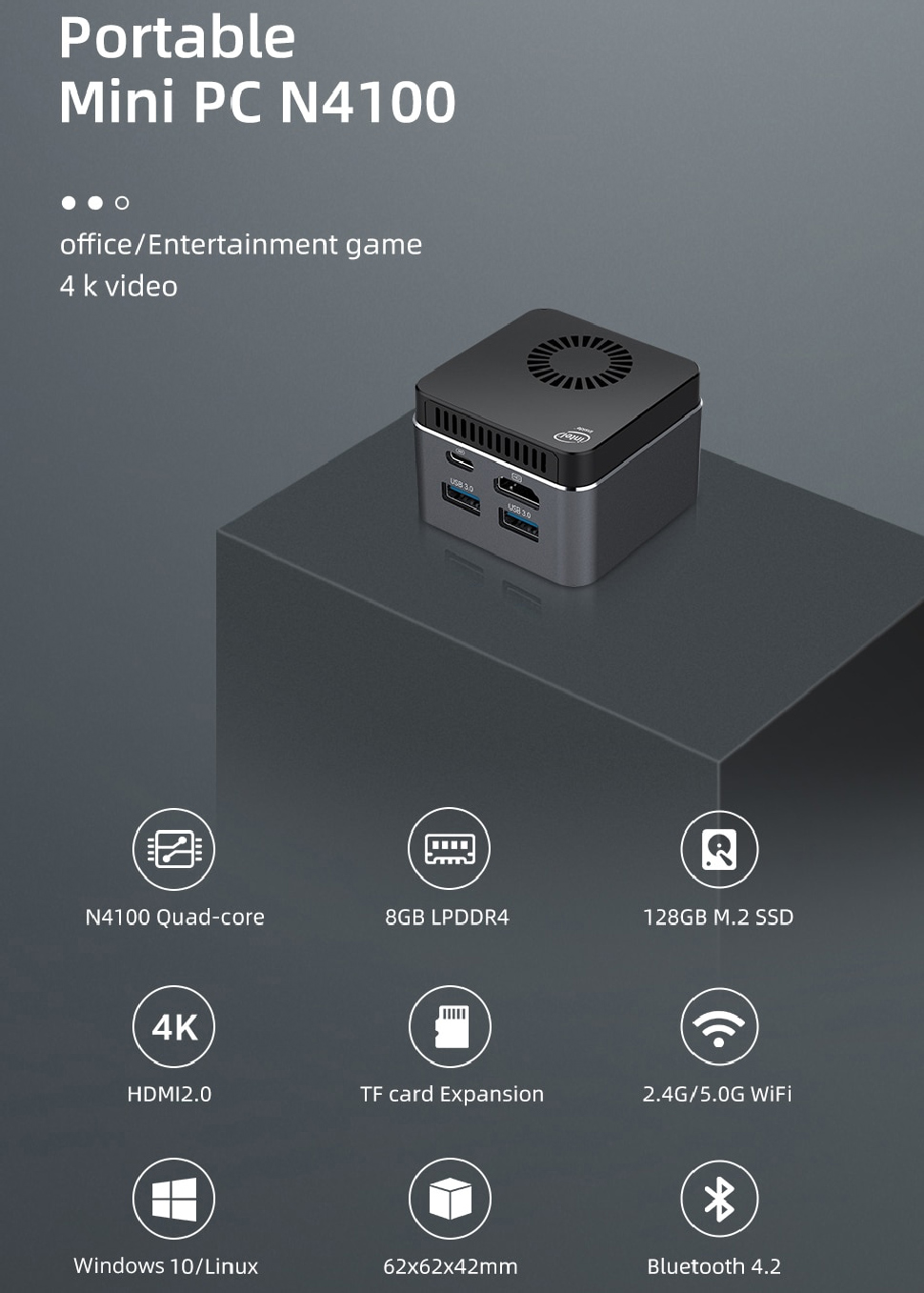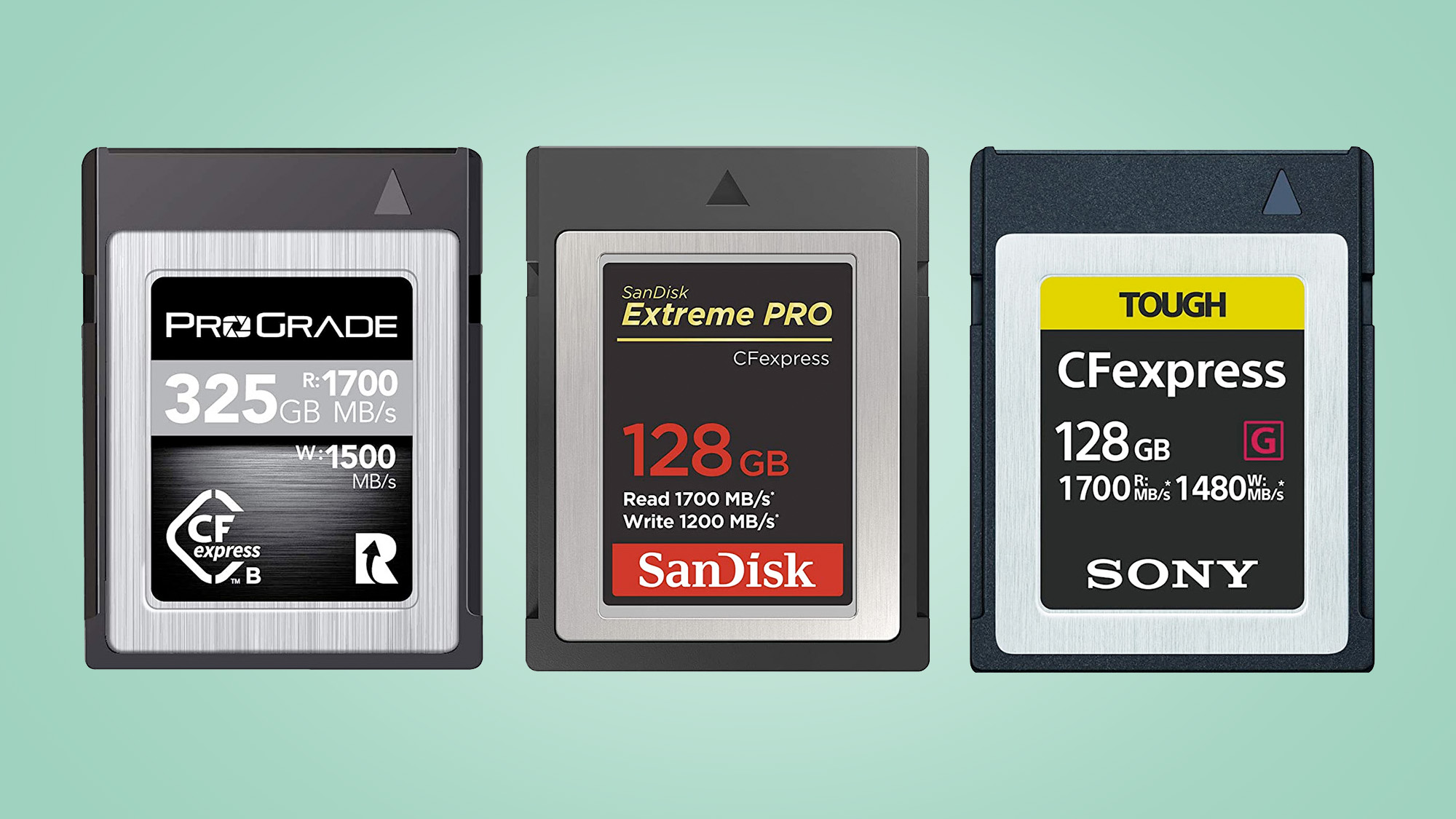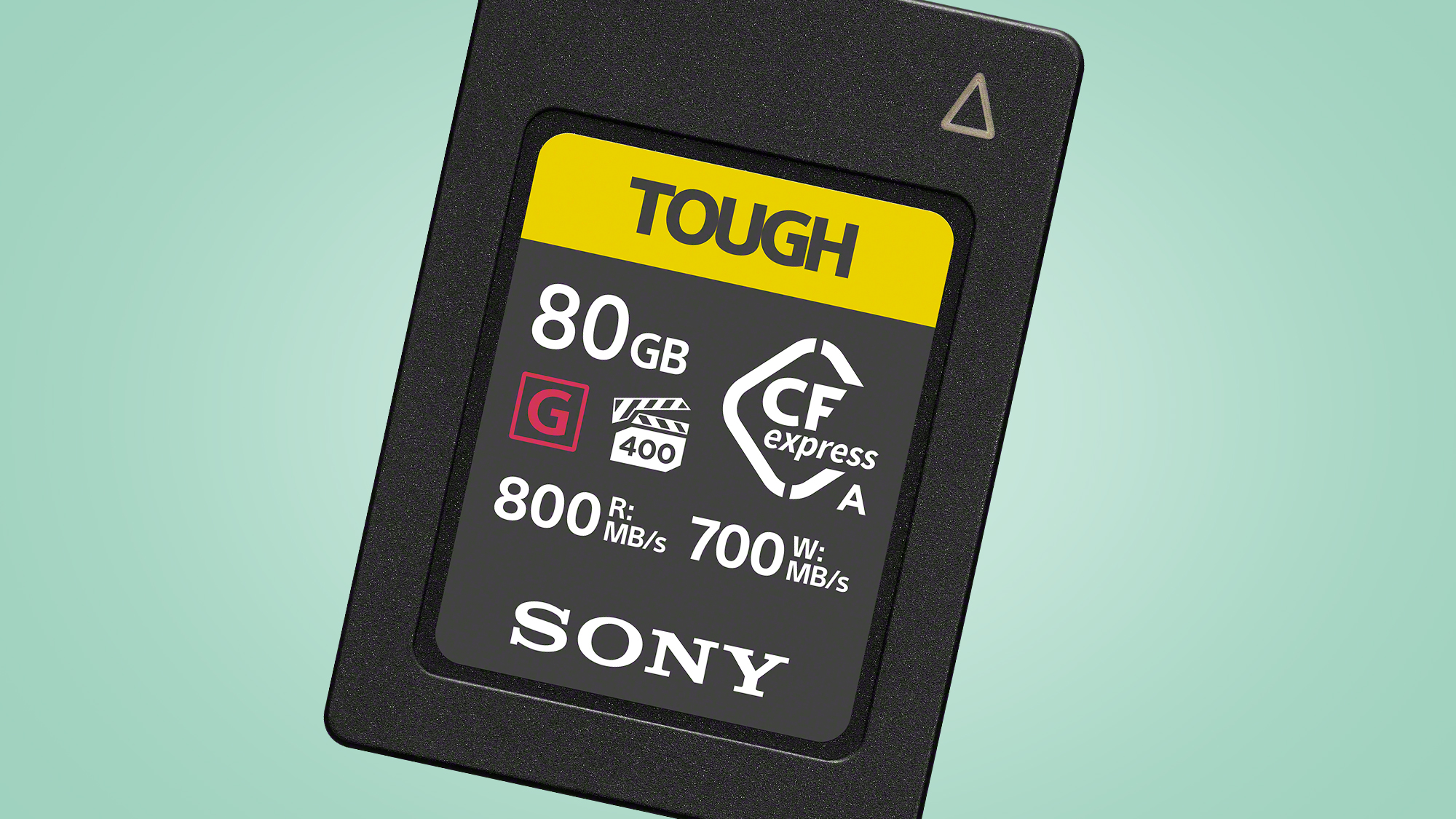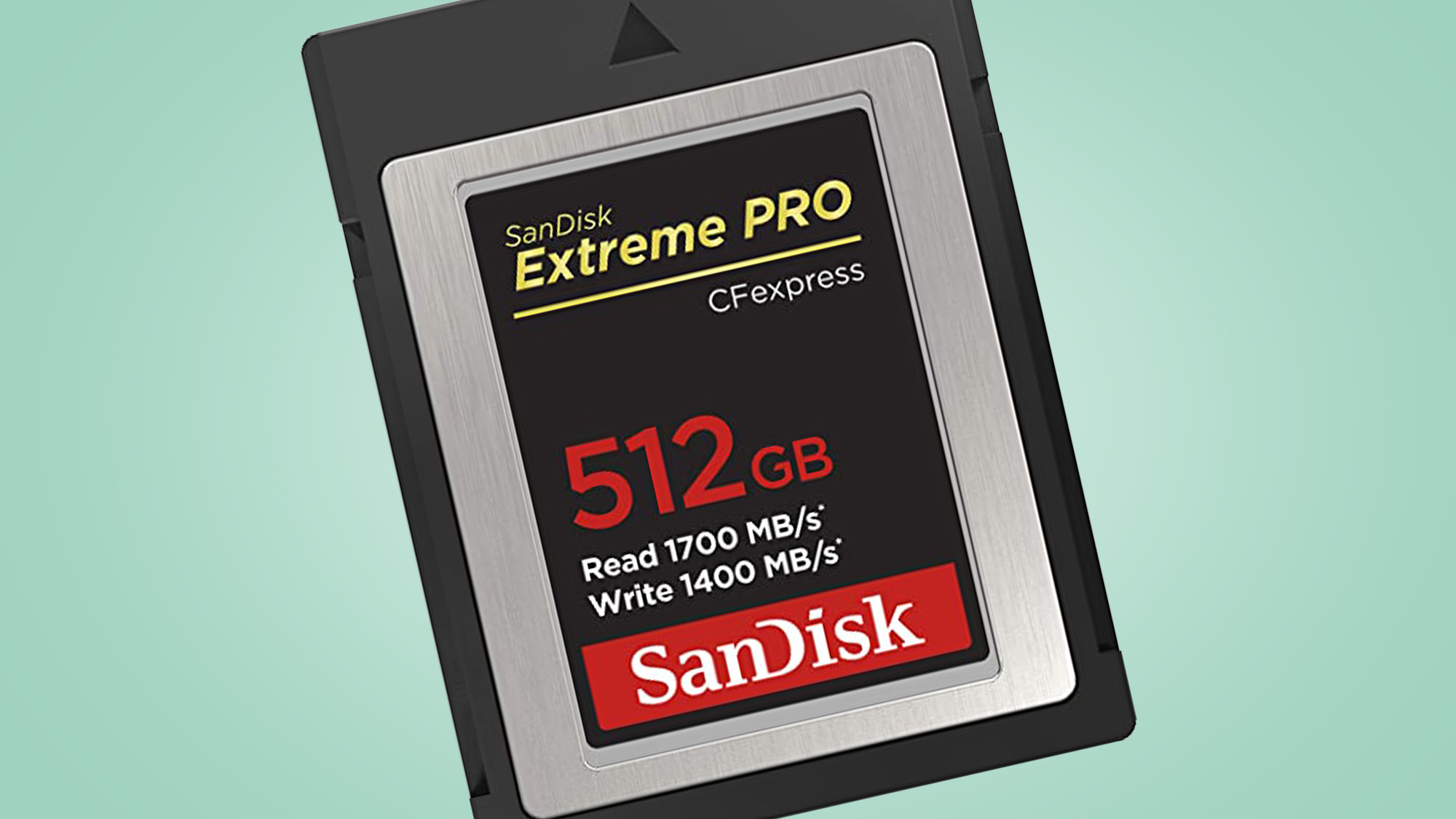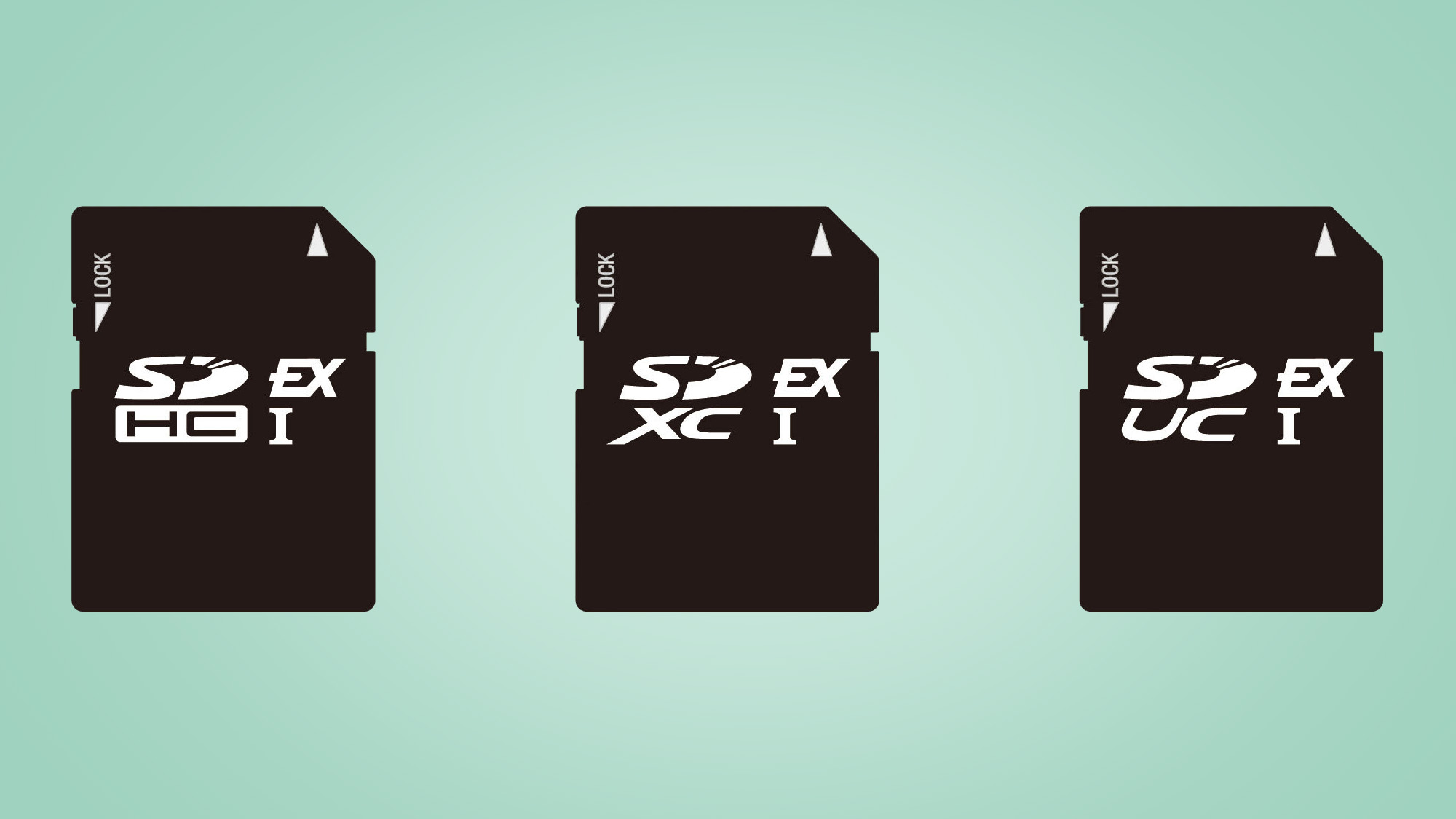It's been a while now since the Xiaomi Mi 10 and Mi 10 Pro launched, and the company has moved on from the two flagships to put out other phones like the Black Shark 3, Redmi Note 9S and Poco F2 Pro.
But while Xiaomi has moved on from its early-2020 flagship line, we haven't - we've been using the devices pretty regularly since we got our hands on them, and it's got us excited for future Mi phones the company might put out.
Other phones we expect to see soon:
We're expecting that later in the year we'll see the Xiaomi Mi Note 11 to follow last year's fantastic Mi Note 10, a handset with a mid-range price but plenty of top features that not all premium phones even have.
After that, we should see the Xiaomi Mi 11 in early 2021 - that will probably be the company's main device (well, collection of devices, if there's a Lite and Pro model as well) for the year, with some of its top hardware and software.
We haven't heard anything about the Xiaomi Mi 11 yet, but going forward we'd expect to start hearing things as we get closer to the launch. We don't even know the price or launch date yet, but we can make educated guesses which you'll find below, along with any rumors once we start hearing them.
Before we hear more about the Xiaomi MI 11, though, we've come up with a wish list of features and specs we'd like to see in the phone, which you'll also find below.
We gave both the Mi 10 and Mi 10 Pro four stars, so Xiaomi has got some room for improvement, especially given the Mi Note 10 got four and a half (and was very, very close to five). Maybe if Xiaomi bears some of this feedback in mind it could make a five-star phone.
Cut to the chase
- What is it? Xiaomi's next premium smartphone
- When is it out? Likely early to mid-2021
- How much will it cost? May start at around £799 / AU$1,699 (roughly $1,040)
Xiaomi Mi 11 release date and price

We don't know the Xiaomi Mi 11 launch date - we'd expect even Xiaomi doesn't know that for sure just yet - but we can take a guess.
The Xiaomi Mi 10 and Mi 9 before it were both launched in February of their respective years, so we'll likely see that pattern repeat for the Mi 11. Those are China launches though, with a global unveiling at a later date, so we might need to wait a month or so beyond that to hear price and release date news.
The Xiaomi Mi 10's global launch was in late March, for context.
We don't know a Xiaomi Mi 11 price yet, and it's hard to guess, because the Mi 9 and Mi 10 were so different in that regard - the former was mid-range but with the Mi 10 line it seemed the company wanted to push into more premium territories.
The Xiaomi Mi 10 cost £799 / AU$1,699 (roughly $1,040), and the Mi 10 Pro cost AU$1,999 (roughly $1,290, £1,030), so we'll likely see high prices for the next phones unless Xiaomi reverts to its Mi 9 pricing (as that phone started at roughly half the Mi 10 Pro's cost).
What we want to see
Here are some things we want to see in the Xiaomi Mi 11 and Mi 11 Pro, to make the devices more tempting to buy.
1. A lower price
As we've said, there was a huge price difference between the Xiaomi Mi 9 and Mi 10 models - the latter are pretty pricey phones, and they don't always outclass similarly-priced competitors. Xiaomi is known for offering phones with top specs at mid-ranged prices, and the Mi 10 series missed that sales pitch with their high prices.
We'd like to see the Xiaomi Mi 11 line return to the mid-range price point - the cost doesn't have to go as low as the Mi Note 10, which we'd call 'low-mid-range', but to be really tempting the Mi 11 phones need to be cheaper than the Mi 10 range.
If Xiaomi was convinced it needed the Mi 11 devices to be as pricey as the Mi 10s, we'd at least like to see the phones justify that high price a little better.
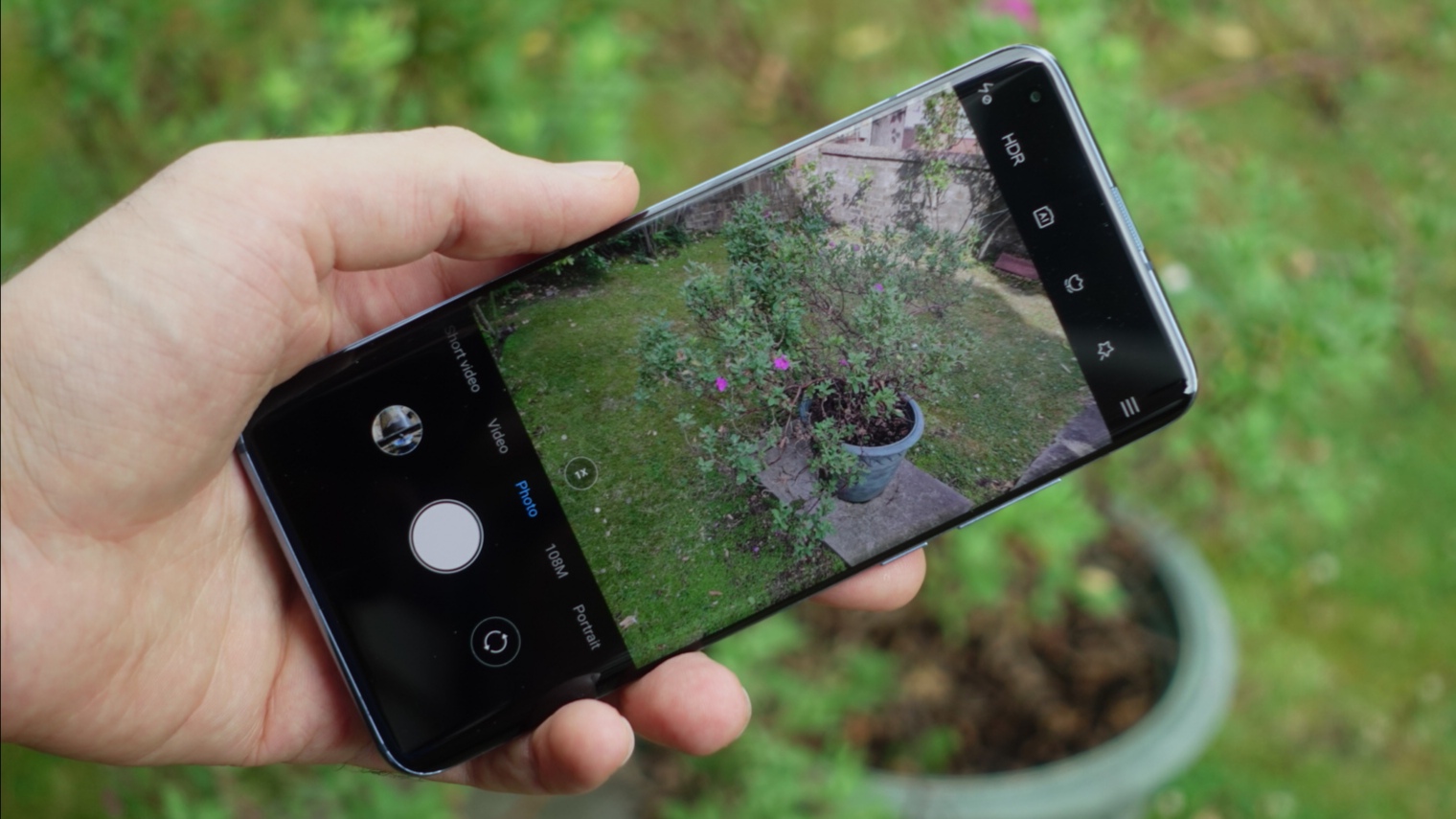
2. Better cameras in the standard model
While the Xiaomi Mi 10 Pro was a camera powerhouse, the standard Mi 10 wasn't as much - it had no telephoto camera for zoomed shots, and rather weak depth-sensing and macro snappers that didn't improve the photography much.
The Mi 10 Pro has two sensors with telephoto lenses, which is just plain greedy when its lesser sibling has none.
We'd like to see the Xiaomi Mi 11 have at least one telephoto lens - it doesn't necessarily need two, as the Pro model needs some way of being better, but being able to zoom in is fast becoming a standard camera feature.
The weak depth-sensing and macro snappers also need to be removed or improved - we see plenty of smartphones with these lenses joined with 2MP sensors, and they rarely improve photography much. Either they should be bumped up to 5MP or higher, as we've seen these can be effective on other handsets, or just removed to save some money.
3. MIUI improvements
Something we complain about in every Xiaomi phone review (that we're getting very sick of criticizing) is MIUI, the Android fork used in Xiaomi phones.
MIUI has a bloatware problem, as it comes with a huge number of pre-installed apps that you'll likely spend a good half hour deleting when you first set up your phone.
There's also an annoying feature wherein the operating system automatically scans new apps you install for malware - but it yanks you out of whatever you're doing to tell you this happened. We're fans of secure devices, but we don't want to be pulled out of meetings, games, and other functions to know an app is safe.
Xiaomi really needs to fix these big MIUI problems before we find the interface as easy to use as any of the other Android forks used by phone manufacturers.
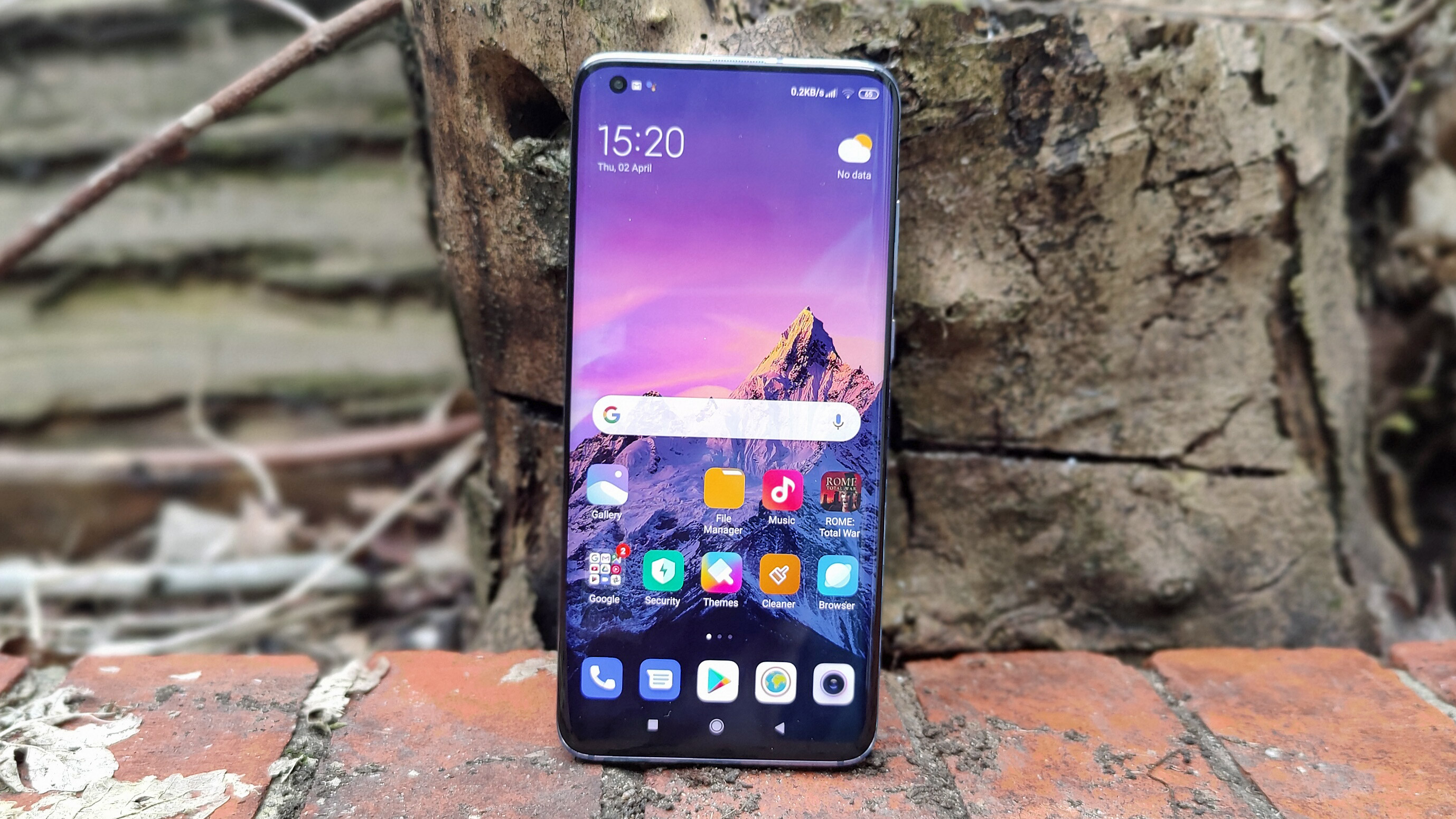
4. A 120Hz screen
The Xiaomi Mi 10 phones have 90Hz screens, which means the display refreshes 90 times per second. This makes motion look smooth, more so than the 60Hz which is standard on smartphones, but quite a few devices also use the smoother 120Hz.
We'd like to see the Xiaomi Mi 11 range utilize 120Hz screens, which would make scrolling through menus, flicking through your Twitter feed, and playing certain games more enjoyable.
5. Speakers in a different position
While the Xiaomi Mi 10 phones have great speakers which are better than the speakers on most other phones, they're also in an awkward position. We constantly accidentally cover them up when trying to watch movies or play games.
We'd like to see Xiaomi move these slightly on the Mi 11, so they aren't so easy to cover with the palm of a hand. This would make it much easier to enjoy media on the phone without accidentally muffling it all.
